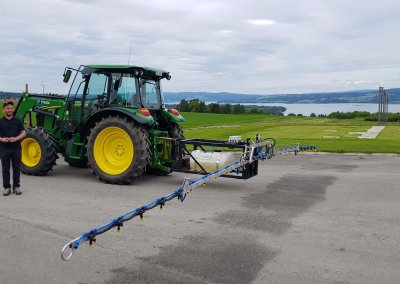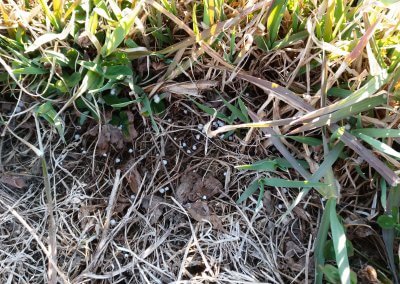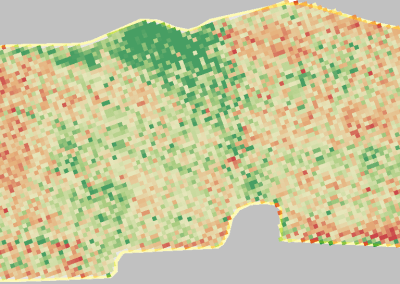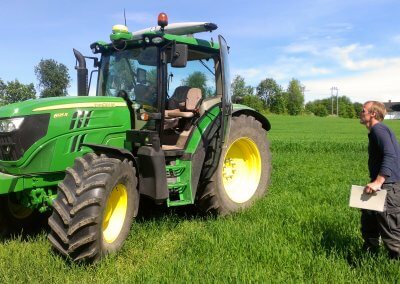
Precision fertilization
The basic hypothesis of precision agriculture is that the optimum rates of inputs, such as fertilizer, vary situational and spatially within a field. We and other researchers have shown that site-specific nitrogen (N) input rates improve farmers’ profits and reduce negative impacts on the environment at the same time. We have started to work on this topic in 2001 and in the recent years we have particularly focused the challenges, which are related to identify appropriate N demands when several stress factors affect the plants simultaneously. The stressors included in our work have been excessive or deficient water supply, weeds, and diseases. So far, we have worked mainly with cereals and berries, but we are now expanding our activity into other crops.




